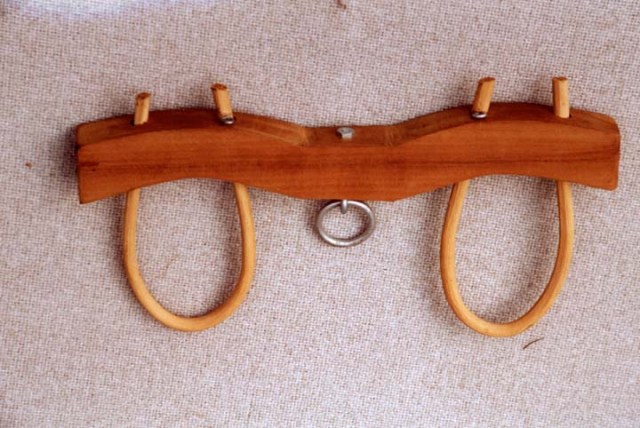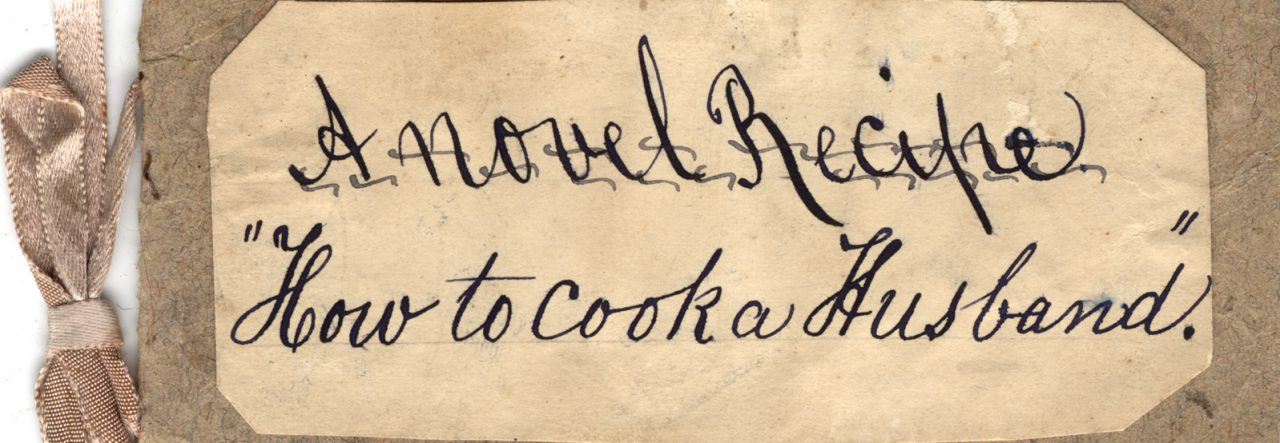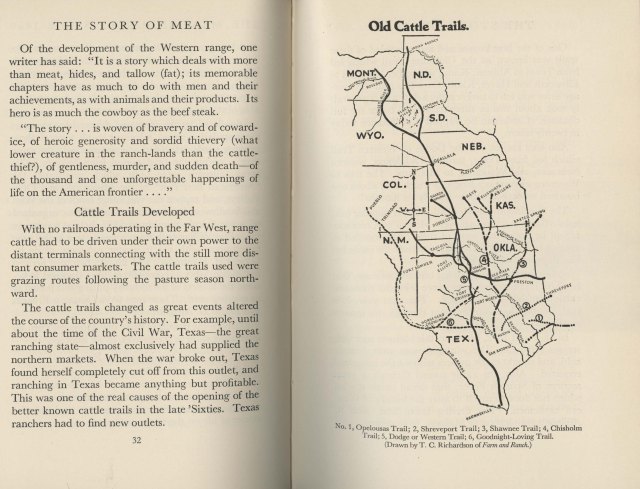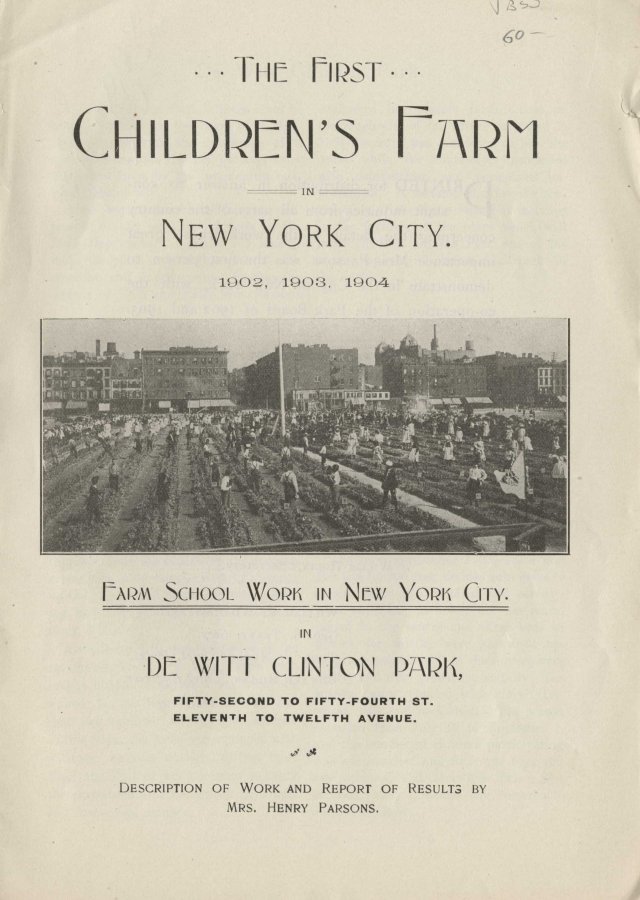I’m hard a work on a new resource guide for students (one that is about Appalachian resources, and will include content on food & foodways!). I am hoping to have mostly finished during the start of classes next week, so it’s been my focus for the last day or so. I’m including in it one of my favorite pictures from the Earl Palmer Appalachian Photograph and Artifact Collection (Ms1989-025):

When I sat down to write a blog post this morning, I though, “huh, why not Earl Palmer?” It’s not strictly food. To be honest, it’s not even primarily about food, but it’s a significant collection when it comes to Appalachia and there are some connections to be made.
Earl Palmer was born in Kentucky in 1905. He received his first camera at age 7, which launched a life-long love of photography. By the time he was 19, his images were already appearing in local papers and travel magazines. In 1945, he moved to Cambria (now part of Christiansburg) and his photos were in national magazines. Billing himself the “Blue Ridge Mountains’ Roamin’ Camera Man”, Palmer concentrated on the people and places of Appalachia, particularly the region’s traditional culture. Though based in southwestern Virginia, Palmer traveled the mountain regions of Tennessee, North Carolina, Kentucky and West Virginia in search of subjects. From 1954 to 1964 (when Cambria merged with Christiansburg), Palmer was Cambria’s mayor. In 1972, he retired from the grocery business to devote more time to photography. During his many trips, Palmer also collected a number of artifacts associated with traditional mountain life, including wagon wheels, handicrafts, a moonshine still and tools. He died in 1996.
The Earl Palmer Appalachian Photograph and Artifact Collection (Ms1989-025) contains about 750 photographs taken by Palmer, as well as a small group of printed materials relating to his photography, and a large selection of artifacts. A full description of the collection is online. But first, a few more photographs!



The photograph portion of the collection has been digitized and is available online. You can search within the folio by keyword (for example, “apple butter” or “landscape”) or you can simply browse. While it’s broad in scope and captures many aspects of Appalachia, you will find image relating to food, agriculture/farming, social customs, and handicrafts, all of which can be tied to food and drink history in various ways
In addition to the photos, there is a series of artifacts, which includes items collected by Palmer, that are associated with traditional Appalachian folk culture. The series includes such items as a moonshine still, wagon wheels, ox yokes and hand-made brooms, as well as items associated with coal mining and railroading and small collection of cameras and photography equipment. Special Collections is not a museum and while we have some artifacts, the size and scope of the number in this collection made them difficult to manage. With the exception of a few small items, the majority of the artifacts reside permanently with the Appalachian Studies program at Virginia Tech and are on display at Solitude, like these:


There’s a complete list of artifacts in the “Contents List” of the finding aid. As you can see, there are cornstalk carvings, farming equipment, household items, kitchenware, and even a moonshine still!
Photographs aren’t necessarily an obvious connection to food and drink history, but the fact of the matter is that images like these, captured by Earl Palmer and other photographers have as much of a story to tell as a handwritten receipt book or a community cookbook. Whether they capture a how an ingredient got started on the farm, how it was cooked, or what people used to store it, photographs can be a key element to studying culinary practices.





















































